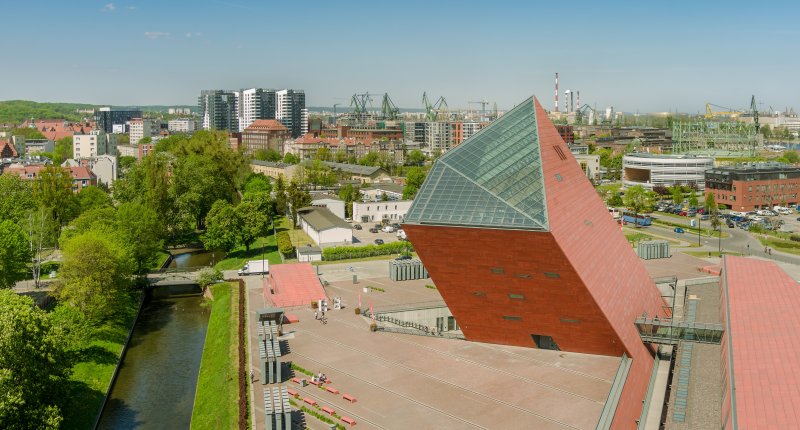The museum building, designed by architects from Nizio Design International, is impressive in terms of architecture. Its modern form, resembling the monumental steel hull of a ship, refers to the tradition of Gdańsk as a port city and its role in the history of Europe. The entrance to the museum leads through a vast space, symbolizing the gateway to the past, and the interiors are designed in such a way as to allow for an immersive experience of wartime events.
The main exhibition of the museum aims to present the Second World War from a global perspective, considering not only battles and military actions but also their impact on the daily lives of ordinary people, society, and culture. Visitors have the opportunity to see how the war affected different regions of the world, what its consequences were for various nations, and what significance it had in the context of the changing international order.
The museum houses numerous artifacts, such as weapons, uniforms, documents, photographs, letters, as well as fragments of destroyed buildings and other wartime memorabilia. Many of these items come from private collections and donations from those who survived the war and wanted to leave a testament to their experiences. The exhibition also includes themes related to national uprisings, the resistance movement, and social changes that occurred as a result of the war.

